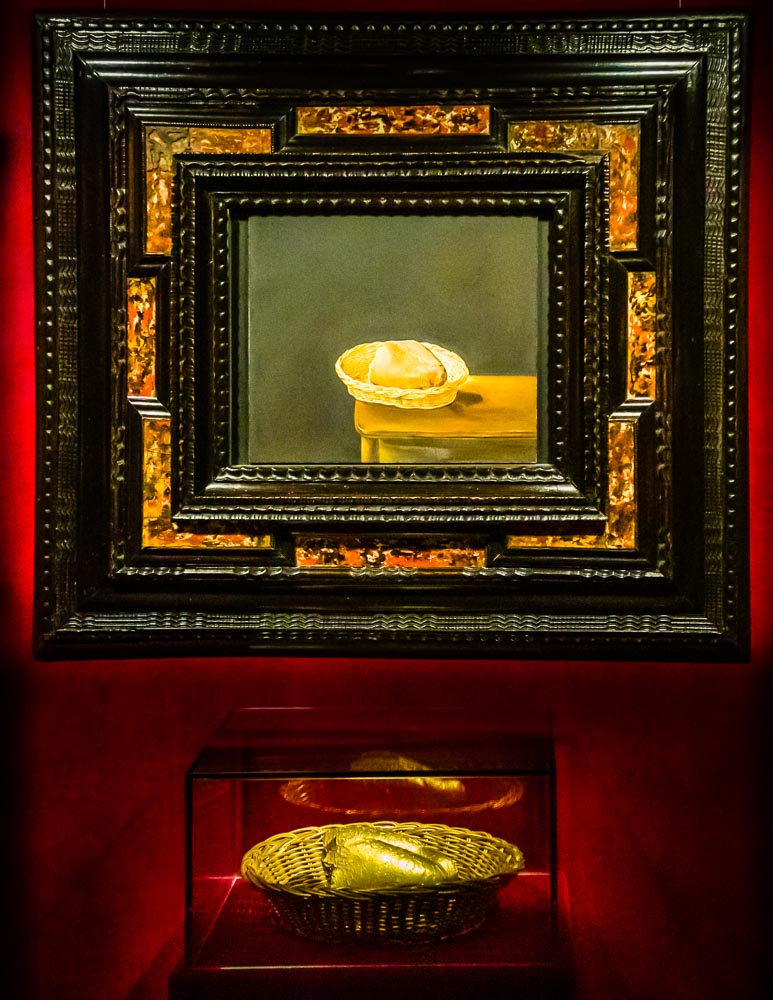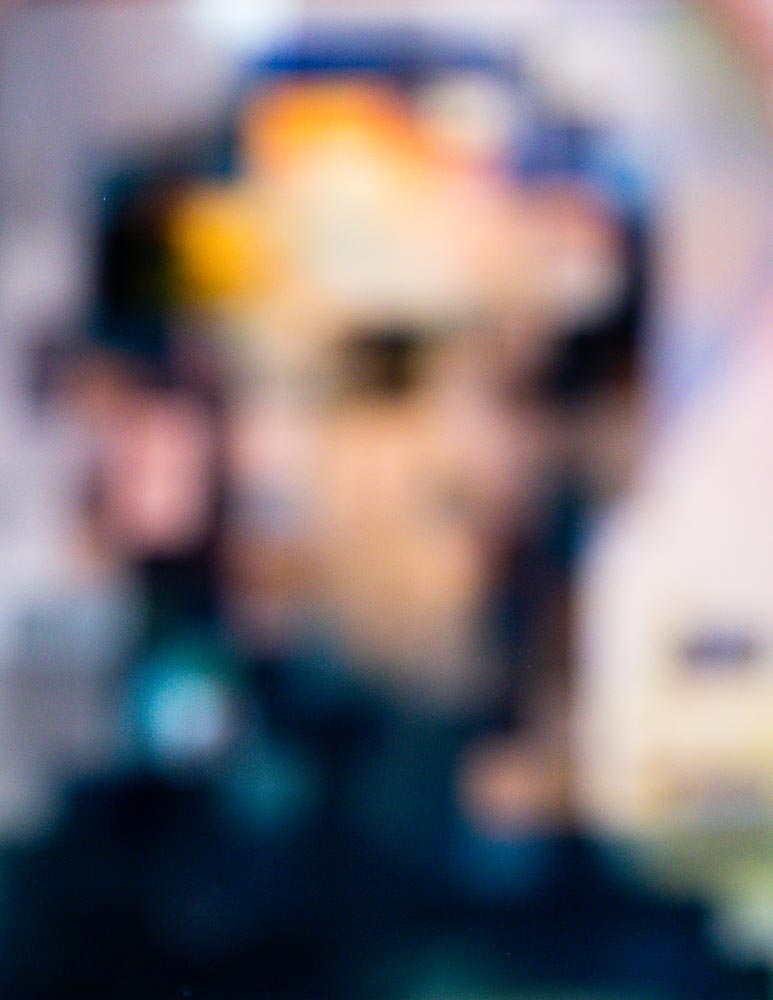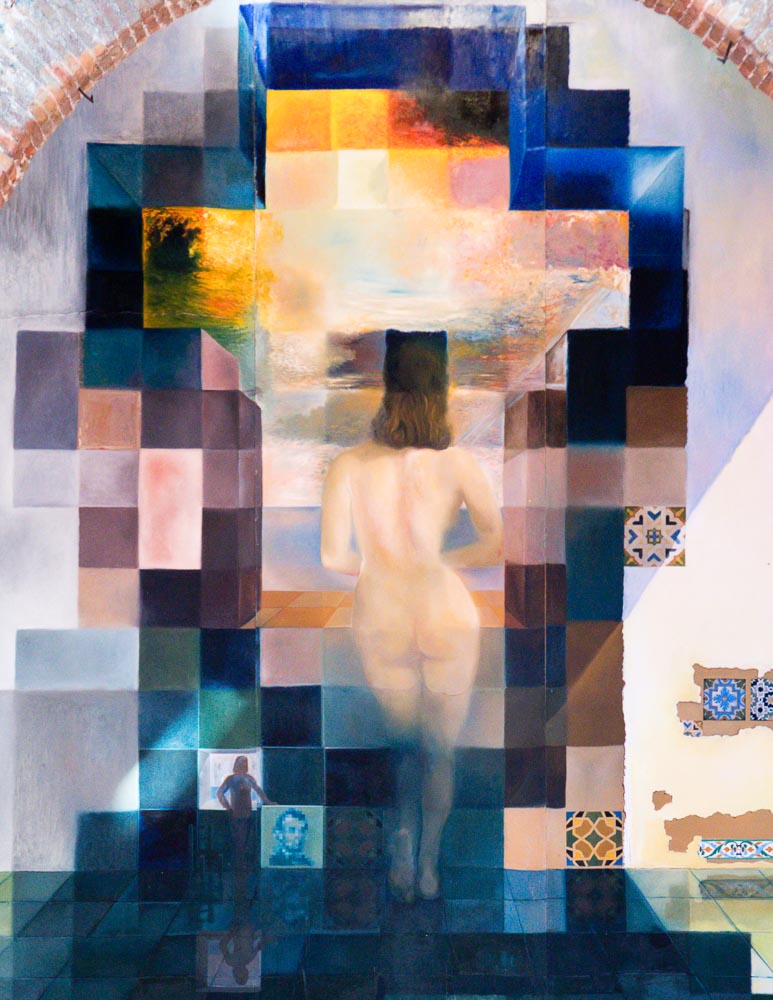The Catalans are a proud people and traces of the hard political struggle with the central government in Madrid are visible in many places during a trip along the Costa Brava and into the hinterland of the central Pyrenees. In medieval towns like Girona or Figueres, yellow ribbons the “lazos amarillos” flutter on railings or lampposts. Yellow is the color of the Catalan separatists and expresses their protest against the Spanish central government especially due to the imprisonment of Catalan politicians and activists.

The Catalan flag also flies vigorously in the wind at Martin Faixó’s winery on Cap de Creus. Restaurants in coastal towns like Cadaqués serve traditional dishes made with local produce, plenty of fish and seafood, and wine lists feature wines from endemic grape varieties like Picapoll. But whether you are interested in fish, wine or art, the Catalans vividly present to their guests the full diversity of their cultural treasures and offer insights into production sites and working methods.

Varied landscape and a rich heritage of Romanesque architecture, idyllic coastal towns with original and historic buildings. Lonely beaches, bays for bathing sports activities can be found in this part of the Costa Brava as well as hiking routes or bicycle trails. The Costa Brava is also well positioned from a culinary point of view.

On the run – the fish auction of Palamós
The port of Palamós offers three good reasons for a visit. There is a fishing museum, a magnificent fish market and a fish auction hall. Twice a day the fishermen of Palamós moor their boats in the harbor. Depending on what they want to catch, whether sardines, monkfish or sea bream, octopus, lobster or prawns, they have to set sail early in the morning or late in the evening.

The fishermen stay on the sea for a maximum of eleven hours. Around 4:00 p.m., the second shift of the day must be back, because then the fish auction begins. The fishermen bring their catch freshly caught to the auction hall. Of the 23 trawlers, 16 have red gambas on board that day. They are specially certified vessel crews committed to sustainable fishing. The “Gambas Rojas”, highly prized by chefs and gourmets, come from the 2,000 meter deep canyon in the coastal section just off Palamós.”

Fresh fish at falling prices
The auctioneer sits in his control center. He assigns a certain value to each box of fish on the conveyor belt. Then the crates, marked with the starting price, their weight and the description of the goods, go onto the conveyor belt and off into the ring.

In the auction hall the potential buyers are waiting. Strong nerves and a lot of experience are needed in the bidding process. The price falls steadily. The first person to press the “buzzer” gets the goods. The name of the buyer or his pseudonym is displayed immediately. Anyone who hesitates too long will go away empty-handed; anyone who strikes too early may pay too high a price.

Wholesalers, restaurant owners and market traders are already sitting on the bidding lines. The traders usually have an approximate price in mind when they stare at the treadmill or at the display board showing the boxes that the fisherman has placed on the belt himself shortly before. As a rule, buyers know exactly what they want and need. Sebastian Tejedor is a wholesaler and is in constant contact with his saleswomen in the office during the auction. They take orders from customers, including many restaurants in Barcelona. This way, Sebastian can still respond to customer requests and buy the freshest goods until the end of the auction.

Among the buyers are not only wholesalers, but also retailers or restaurant owners. They sit on either side of the conveyor belt, look down on the passing goods and can read on a display board which boat caught what, when and where. Following the system of a Dutch auction, where the price automatically keeps falling, the bidders have the opportunity to buy a desired box at the push of a button.

In the front part of the auction hall is the fish market. The traders offering a breathtaking variety of fish and sea creatures here have only just bought them at auction one room further on in the auction hall. From the ship to the conveyor belt, to the market stall and into the shopping bag. We can only dream of such a seamless sales chain inland!

In the port of Palamós there is also the fishing museum. The exhibition includes a collection of everyday objects and tools of the fishermen. The hard life then and now is described very vividly. You can also book a visit to the fish auction. However, one looks quite distant at the trade and the running tape.
On the wine route from Palamós to Cadaqués
Sant Feliu de Guixols is located just south of the Wine and Cork Route. Greeks, Carthaginians and Romans inhabited the coast of the Costa Brava. Places like Empuries, founded by these early settlers, and monastery complexes in St Pere de Rodes or in Ripoll, date back to this period. The cuisine is strongly rooted in tradition. In many of the small coastal towns along the Costa Brava, you can eat the best fish and seafood. For example, at Maria Rosa’s in St. Feliu de Guixols or at Abraham Artigas’, the chef of no less than three restaurants in the Hotel Alabriga.

The winery Martin Faixó
At the northern end of the Wine Route, the coastal town of Cadaqués, Enoteca MF is a perfect place to sample local cuisine and wines. The restaurant is part of the Martín Faixó winery and specializes in fish dishes and traditional Catalan cuisine. Here they cook mainly with local products and serve their own wines, aged just 300 meters above Cadaqués. Martin Faixó’s vines are located in the middle of the Cap de Creus National Park.

Behind the name Martin Faixó is a family that has united its cultural heritage. The Faixó family branch stands for fishing, agriculture and olive growing. The Martin family has been dedicated to viticulture for generations. Today, the generation of grandchildren has combined the knowledge and tradition of both sides. The winery Martin Faixó is located in the middle of the National Park Cap de Creus.
The wind, the sea and time: the secret of the Grenache grape
On 13 hectares surrounded by the “Tramuntana”, the wind that comes from beyond the mountains and alternating with the sea breeze of the Costa Brava, endemic grape varieties such as Picapoll thrive here. The center of the winery is an old homestead from the 14th century, which the family converted into a wine cellar. On one of the roofs are giant balloon bottles filled with a deep red liquid. It looks a bit like a series of experiments, but is in fact an old traditional process for making sweet wine.

The Grenache grape has been turned into a sweet wine for over three years. In the old process, which is used again at the Martin Faixó winery, the large glass bottles stand on the roof for three years in wind and weather. During this time, the contents lose a third of the liquid and a sweet Grenache wine is obtained in traditional outdoor aging. For some years now, the estate has also had guest rooms. A good 300 meters above the sea and in the middle of the nature reserve, it is possible to combine long walks and intensive wine tastings.
Salvador Dali – the theater museum in Figueres
Even if you think you’ve had your fill of Dali’s clocks melting like ripe Camembert cheese and his long-legged elephants, it’s still worth visiting the theater museum in Figueres, which he himself planned down to the smallest detail. The number of visitors is enormous. Groups are let into the building every 20 minutes.

But once on the stage of surrealism, the masses get lost and one is amazed by small and larger sensory illusions, the grave slab of Dali in the center of the former theater stage or the transformation of Abraham Lincoln into Dali’s muse and great love Gala or the lip sofa à la Mae West.
The paintings from Dali’s paranoiac-critical phase, in which he realized imaginative images that could not be grasped with the intellect through a high artistic precision, are extremely impressive. On the huge mural in the center of the museum, it is impossible to see both motifs at the same time. First, as in the picture on the left, one recognizes the pixelated likeness of Abraham Lincoln out of focus. If one steps back further, one gets to see, as in the picture on the right, the naked back view of Dali’s wife and muse Gala / © Photos: Georg Berg

The Dali Theatre Museum in Figueres, together with the Gala Dali Castle in Pubol and Dali’s former home in Portilligat, form the Dalinian Triangle in a bizarre landscape.
In the area between Costa Brava and Girona there are also 55 other museums and over 500 registered monuments. A good starting point with an excellent basic culinary supply of no less than three hotel restaurants is the Hotel Alàbriga in Sant Feliu de Guixols.
The research trip was supported by the Hotel Alabriga



